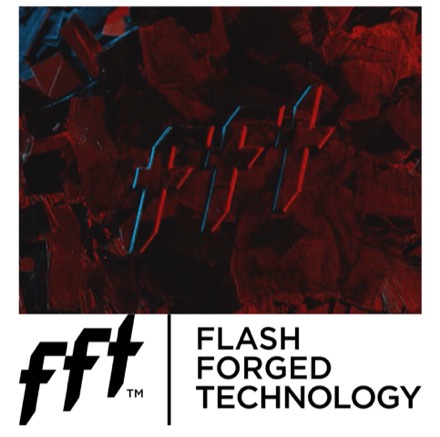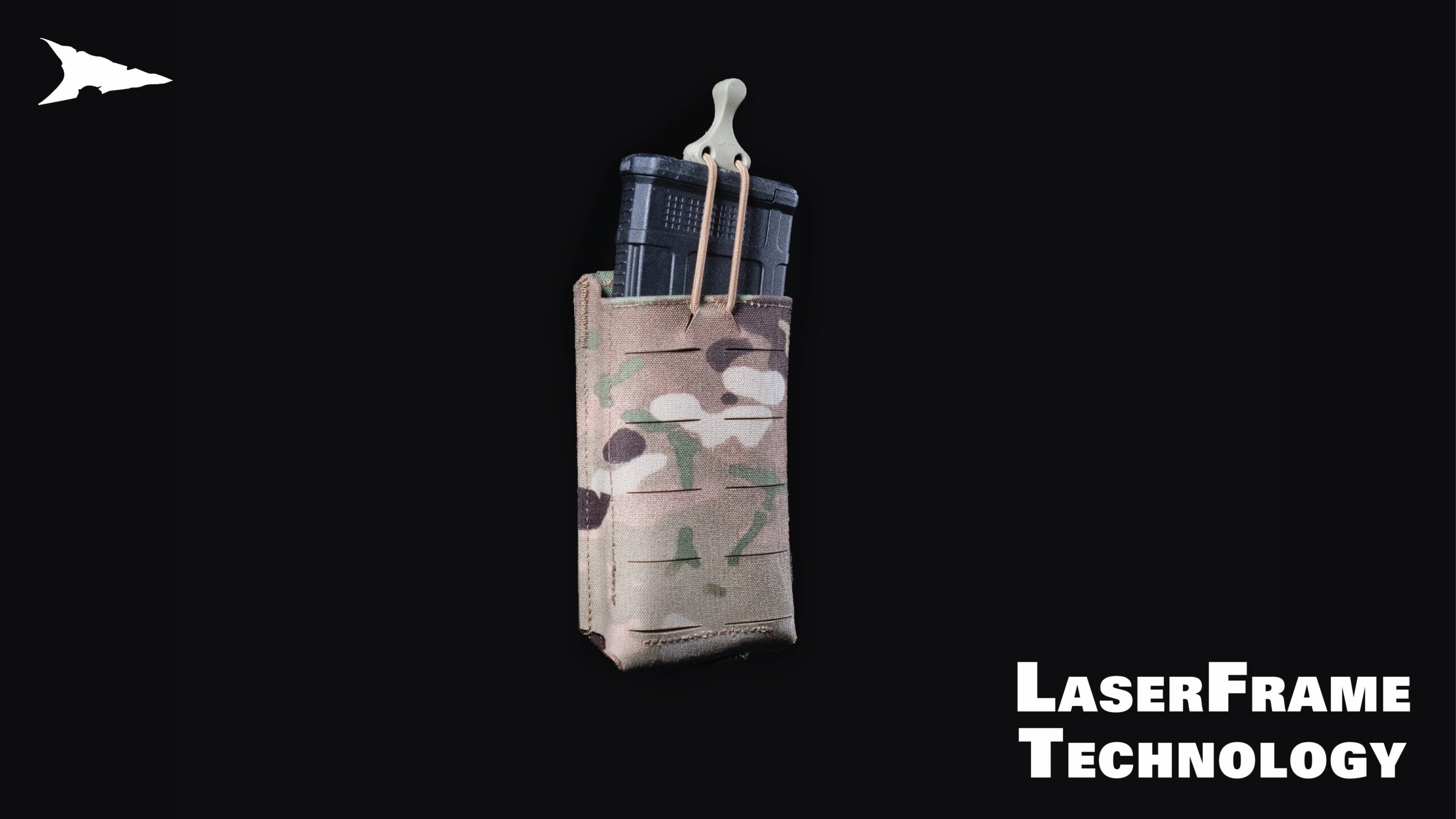April 5, 2022 – Delta Three Oscar is proud to announce the release of its new P12 Knee and Elbow pads, which have been specially engineered to deliver the next generation in protection and stealth for military and law enforcement professionals. The range is unbeaten in terms of ergonomic fit, forming perfectly to the body for effortless movement, while providing vital cushioning on impact.
The defense arm of D3O, the world’s leading impact protection brand, Delta Three Oscar makes the most advanced protective gear on the planet. Its gear is tested and trusted in some of the world’s harshest environments: from state-of-the-art helmet liners to fit-and-forget knee pads, and the most dexterous protective gloves. Delta Three Oscar packs every advantage gained from multi-industry know-how into its gear so military, security and law enforcement communities can keep their minds on the mission and come back to tell the tale.
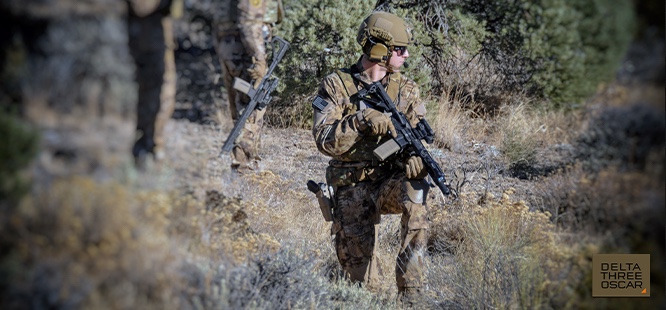
The new P12 Knee and Elbow pads offer market-leading flexibility and comfort during movement and when kneeling, an advantage gained, thanks to their unique ergonomic design and molded relief points. Enhanced ventilation is made possible through TriVent technology, and the pads provide long-term protection with durable cushioning. Low profile and lightweight, the pads claim superiority from the use of long-lasting, soft and flexible D3O materials to enhance users’ experience.
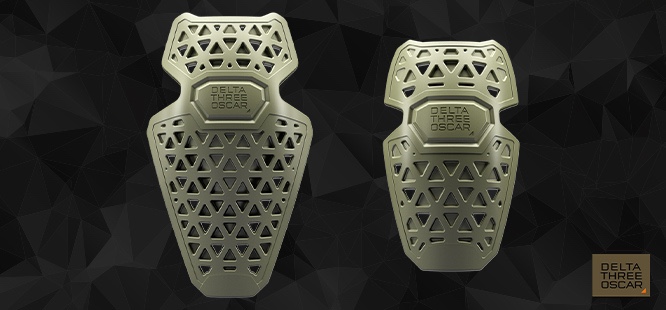
The P12 line is a standout addition to Delta Three Oscar’s existing limb protection range, comprising of P5 knee and elbow pads and P10 knee pads. Building on the success of the P10’s advanced modular outer cap system, P12 Knee and Elbow Pads can be combined with a Rubber Outer Cap to deliver the world’s most protective hard cap and soft armor solution for military and law enforcement.
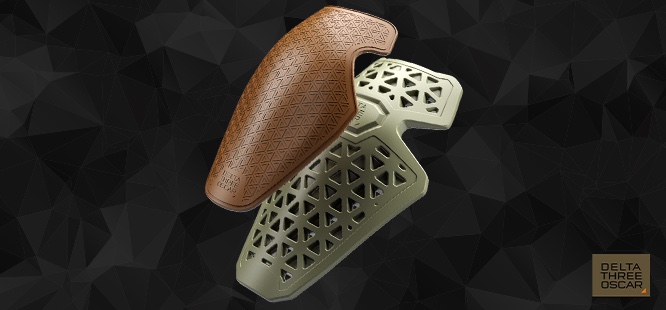
The Rubber Outer Cap option is extremely thin and lightweight, making it ideal for pad reinforcement, while meeting puncture, flammability, and abrasion standards.
A Berry-Compliant option of the P12 range is available, with U.S. production managed out of Delta Three Oscar headquarters at the Virginia Tech Corporate Research Center in Blacksburg, Virginia.
Bill VanMullekom, COO at D3O, said: “We’re thrilled to evolve our limb protection offering with the introduction of this all-new, fit-for-purpose limb protection range. As modern conflicts send our troops to increasingly unpredictable environments, the warfighter must be confident that what they’re wearing equips them to perform effectively and safely every time, without failure. The P12 range exceeds this requirement, acting as true fit-and-forget armour delivering market-leading protective performance and maximum stealth.”




